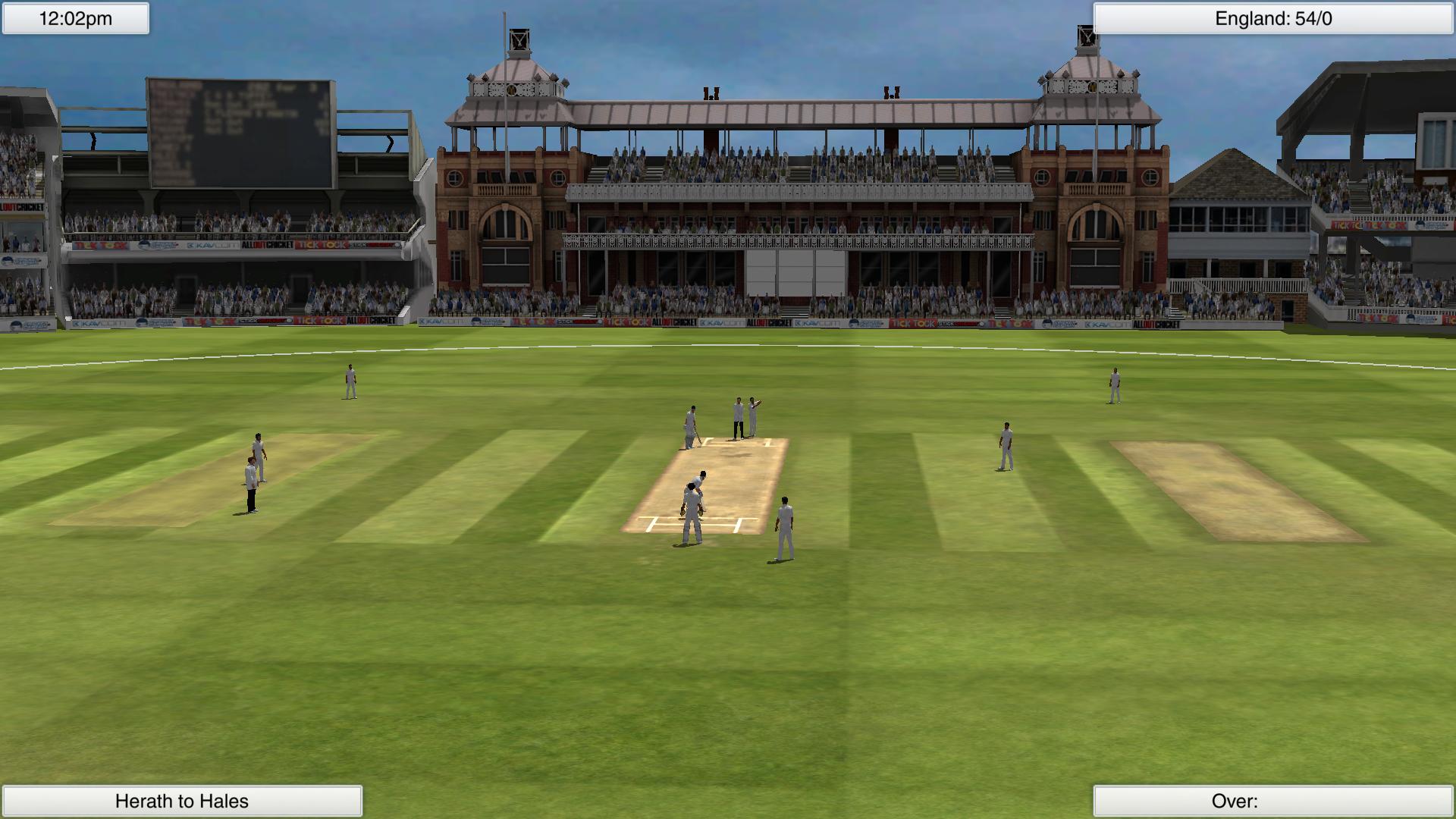


The biggest stars, such as Dhoni and Virat Kohli, will command salaries of up to 125m rupees (£1.3m) in the forthcoming IPL. Ranchi - the home town of India cricketer MS Dhoni - has a brand new stadium which would not have been imaginable 10 years ago."Īt the forefront of this financial revolution are the players themselves. The standards of cricket infrastructure have gone up significantly. "It's certainly had a positive impact on the cricket ecosystem. "The IPL accounts for about 40% of the Board of Control for Cricket in India's revenues," Vivek explained. That's undeniable," said TR Vivek, an Indian journalist who co-authored the book IPL: Cricket and Commerce.īut crucially, the money generated by these lucrative T20 competitions is not simply creamed off by mega-rich franchise owners - in most cases it flows directly back into the coffers of the national cricket boards, which reinvest it in the grassroots game. "The IPL has significantly transformed the financial landscape of Indian cricket. MS Dhoni walks off the field with a cheque for 75m rupees (£779,000) - small change compared to the 125m rupee (£1.3m) salary he will receive in the upcoming IPL Last season's Indian Premier League generated a total revenue of 26.5bn rupees (£276m) and delivered an 11bn rupee (£120m) boost to the Indian economy - figures that dwarf the economics of the first-class game. In a sport that takes as much as 80% of its global revenue from broadcasting rights, T20's short, TV-friendly format has proved a recipe for financial success - nowhere more so than in the cricket-mad market of India. It's not just on the field that numbers have soared into the stratosphere - T20 has also ushered in an era of unprecedented riches. They just believe they can get the ball into the stands." Show me the money "Players don't worry about having fielders on the boundary anymore. "It's just become a matter of fact that you have to be able to hit the ball into the stands, whereas you go back 15, 20 years, the game was played pretty much on the floor. "Batsmen today have been brought up with T20 cricket," said former England captain Michael Vaughan.
#Cricket captain 2016 money back professional#
Since the first professional T20 was played in 2003, the record for the fastest century and half-century in both Test and ODIs has been broken, and we have also seen: That confidence has permeated into other forms of the game, with batting in particular taken to a new level in Test and one-day international cricket.

It's opened players' minds to there being no limits." Runs, runs, runs "They have seen themselves catch screamers and hit balls out of the ground. "T20 cricket has given players a belief in what they can do," added Broad.

Things that seemed outrageous 10 years ago are now commonplace. Scoring at a rate of more than 10 an over to win a game, being confident enough to bowl six different varieties of slower ball, a batsman scooping a 90mph delivery over his own head and fielders jumping off the field and back on again to take spectacular boundary catches. What was once thought to be impossible is now not only probable, but even routine. The biggest impact of T20 cricket has come on the mindset of the modern player. "Fielding and fitness are the things that have taken a step up, but bowlers and batsmen are still on a par with where they were." "For example, the likes of Ian Botham and Viv Richards would have been ideally suited to T20. "Batsmen don't hit it further and the players are still of a similar standard," England all-rounder Stuart Broad told BBC Sport. In that sense, cricket has simply moved with the rest of the sporting world. Yes, the modern player spends more time in the gym, pays more attention to what goes into their body and is more likely to be rested, but the same can be said for any professional athlete. While cricketers are undoubtedly fitter, stronger and more athletic than they have ever been, it can be argued this isn't a direct result of T20. Listen: I invented T20 - but it has not made me rich.This is the story of how T20 changed the world. Thirteen years on, as the sixth World Twenty20 explodes on to the global stage once again, cricket has been transformed beyond recognition. In cricket, England hadn't held the Ashes for 14 years, DRS and the Dilscoop external-link had yet to be invented, and Alastair Cook had only just made his Essex debut.īut the game was about to change forever, as 10 English counties played each other in five 20-over games in a new domestic competition.


 0 kommentar(er)
0 kommentar(er)
